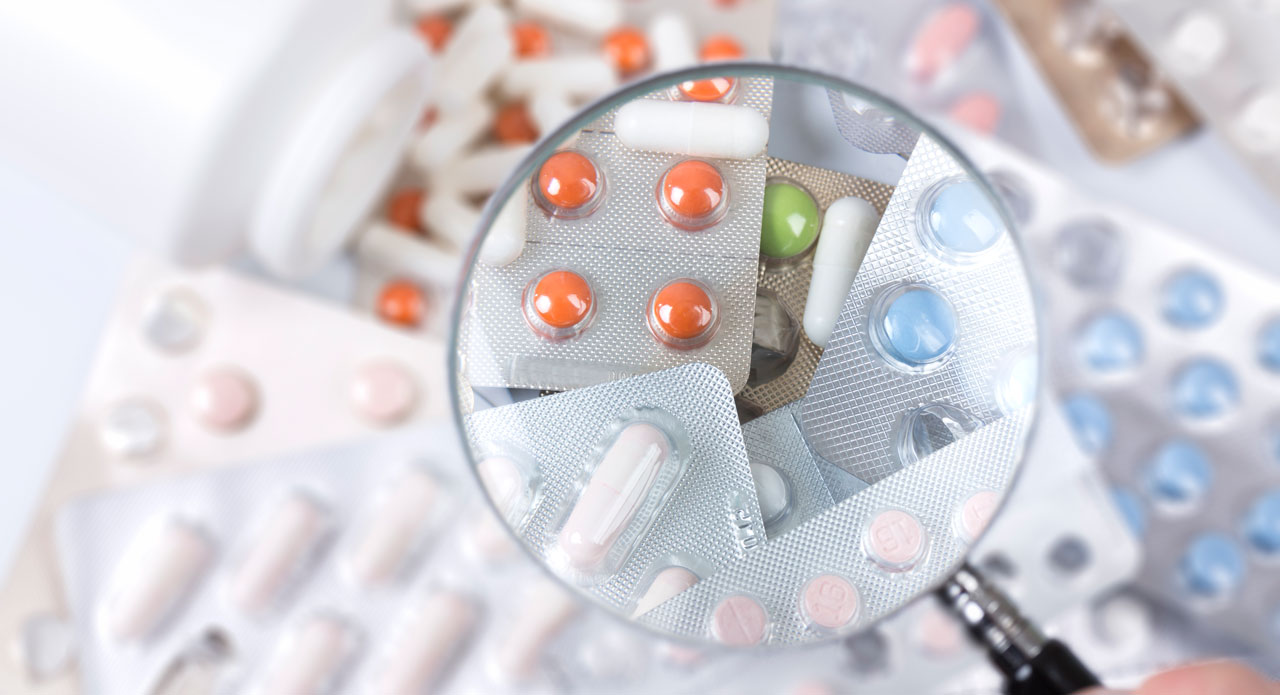
The issue of counterfeit medicines is far more of a problem than most people believe. Counterfeit medicines are dangerous by their very nature – they are not produced under safe manufacturing conditions and are not inspected by regulatory authorities. It is impossible to know what ingredients counterfeit medicines actually contain. Sophisticated counterfeiters may put some of the active ingredient in the fake medicine and make it look very similar to the real medicine.
The primary danger in taking a counterfeit medicine is that you are putting something into your body that may not help your current condition, or in the worst cases, could harm or even kill you. Counterfeiting happens all over the globe, but it is most common in countries that lack stringent standards to regulate the production of medicine. The Centers for Disease Control estimates that 10%–30% of medicines sold in developing countries are counterfeit. In the industrialized world (countries such as the United States, Australia, Japan, Canada, New Zealand, and those in the European Union), estimates suggest that less than 1% of medicines sold are counterfeit. However, no country is immune to the threat of counterfeits as even these countries have seen counterfeit medicines enter the supply chain.
The issue of counterfeit medicines has been an enduring problem, especially in lower income countries, where an estimated 10 to 30 percent of medicines sold are believed to be counterfeit, according to the U.S. Centers for Disease Control and Prevention (CDC). In higher income nations with stricter regulations, including the United States and countries in the European Union, an estimated 1 percent of medicines sold are counterfeit, according to the CDC.
In addition to the economic impact, there’s an added risk when it comes to counterfeit medicines because they can cause harm— both by failing to deliver the proper active ingredients that the patient expects and by possibly containing ingredients that may be harmful.
Making sure those counterfeit medicines don’t get into the hands of unsuspecting patients is the mission of a team of scientists and investigators— and they have some state-of-the-art technology at their disposal to complement their shoe-leather detective work. Source: Pfizer
WHO report highlights lack of treatment options for antibiotic-resistant infections
A World Health Organization (WHO) report highlighted a lack of new antibiotics under development to combat the growing threat of antimicrobial resistance.
The report found few potential treatment options for antibiotic-resistant infections identified by WHO as posing the greatest threats to health, including drug-resistant tuberculosis, which kills around 250,000 people each year.
Most drugs currently in the clinical pipeline are modifications of existing classes of antibiotics and are only short-term solutions, said the report titled ‘Antibacterial agents in clinical development – an analysis of the antibacterial clinical development pipeline, including tuberculosis.”.
“Antimicrobial resistance is a global health emergency that will seriously jeopardize progress in modern medicine. There is an urgent need for more investment in research and development for antibiotic-resistant infections including TB, otherwise we will be forced back to a time when people feared common infections and risked their lives from minor surgery,” said Tedros Adhanom Ghebreyesus, Director General of WHO.
In addition to multidrug-resistant tuberculosis, WHO has identified 12 classes of priority pathogens – some of them causing common infections such as pneumonia or urinary tract infections – that are increasingly resistant to existing antibiotics.
The report identifies 51 new antibiotics and biologicals in clinical development to treat priority antibiotic-resistant pathogens, as well as tuberculosis and sometimes deadly diarrhoeal infection Clostridium difficile.
Among all these candidate medicines, however, only eight are classed by WHO as innovative treatments that will add value to the current antibiotic treatment arsenal.
“Pharmaceutical companies and researchers must urgently focus on new antibiotics against certain types of extremely serious infections that can kill patients in a matter of days because we have no line of defence,” said Suzanne Hill, Director of the Department of Essential Medicines at WHO.
Research for tuberculosis is seriously underfunded, with only two new antibiotics for treatment of drug-resistant tuberculosis having reached the market in over 70 years, said Mario Raviglione, Director of the WHO Global Tuberculosis Programme.
“If we are to end tuberculosis, more than $800 million per year is urgently needed to fund research for new anti-tuberculosis medicines,” Raviglione said.
New treatments alone, however, will not be sufficient to combat the threat of antimicrobial resistance, WHO said. The apex health organization is also developing guidance for the responsible use of antibiotics in human, animal and agricultural sectors.
2016 © The Pharma World. All Rights Reserved.